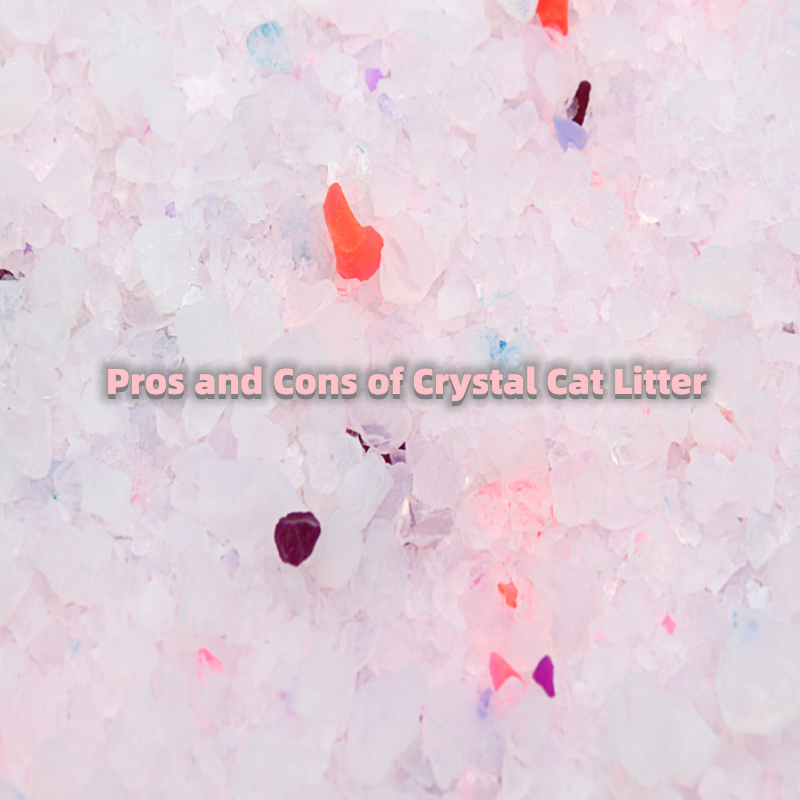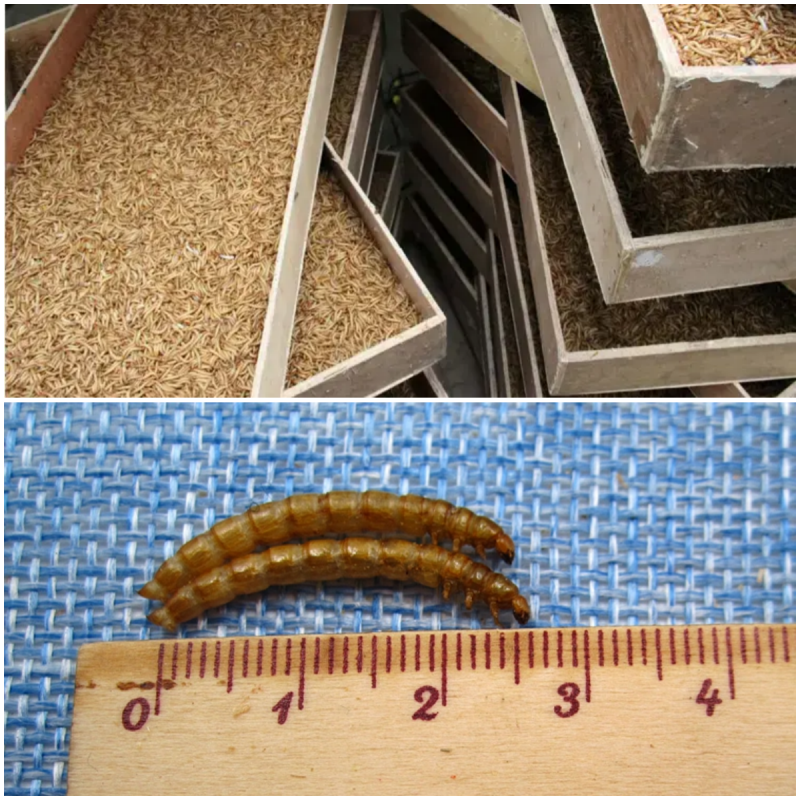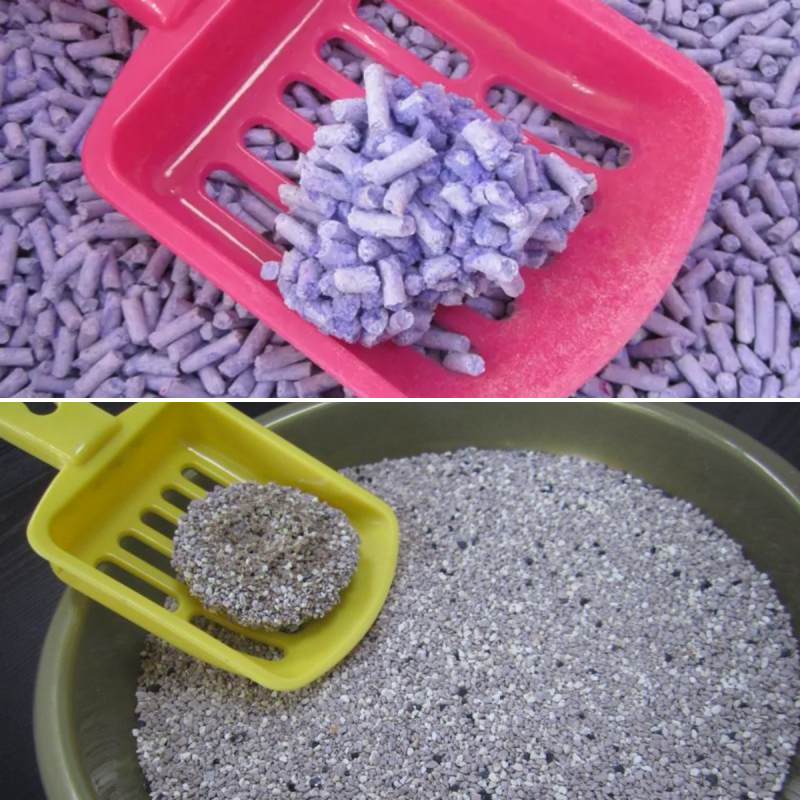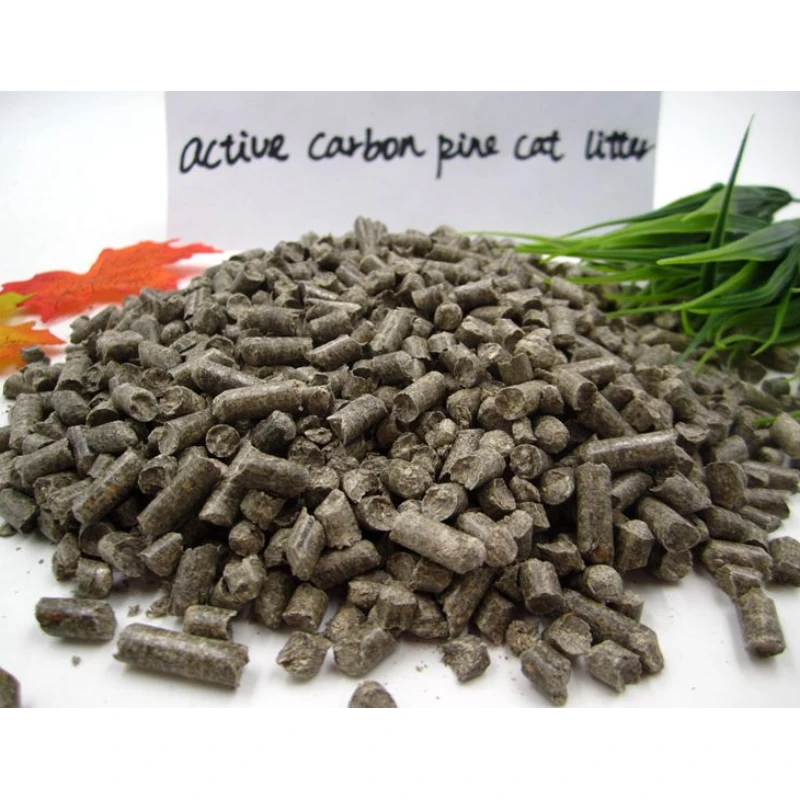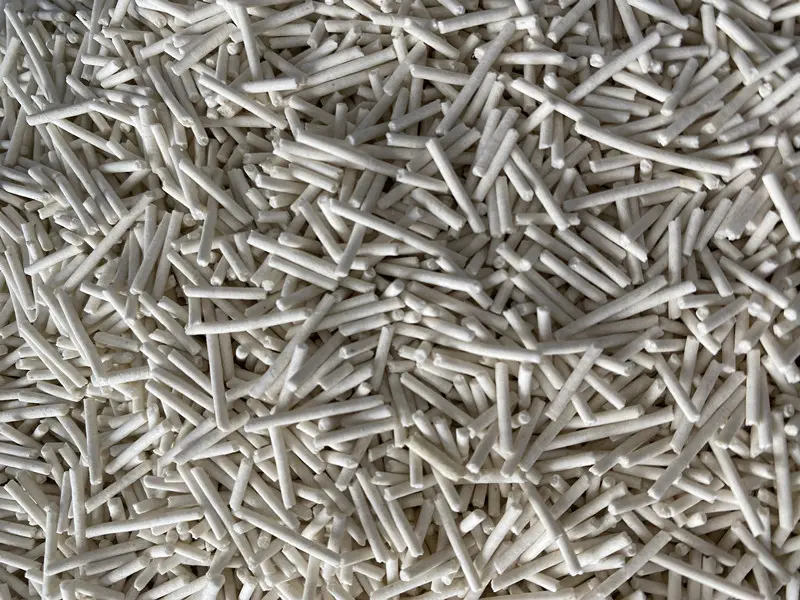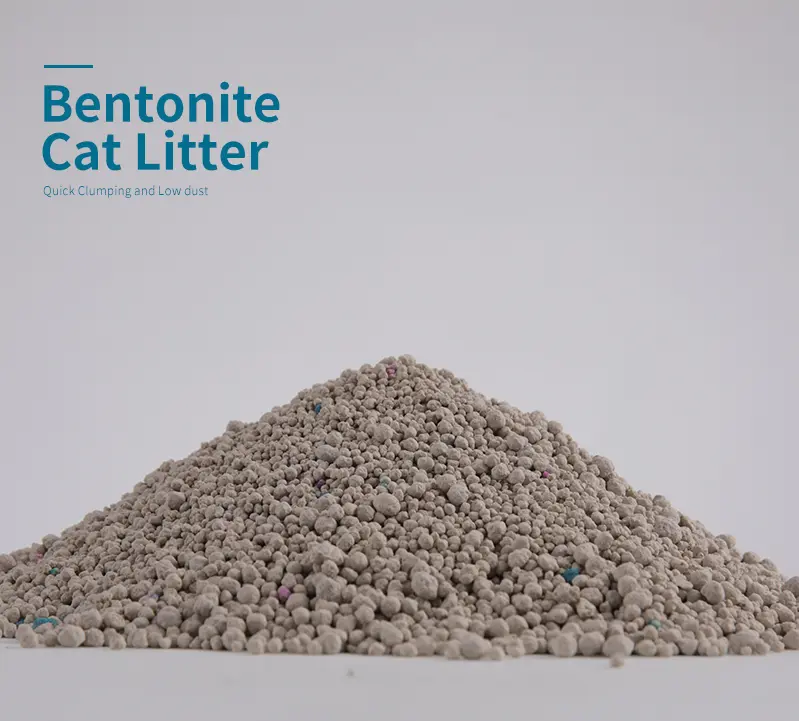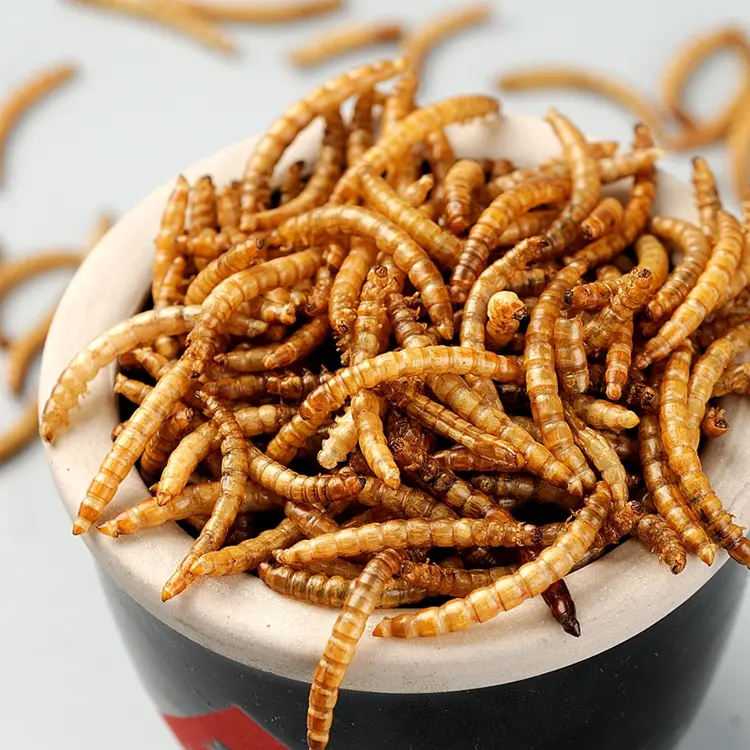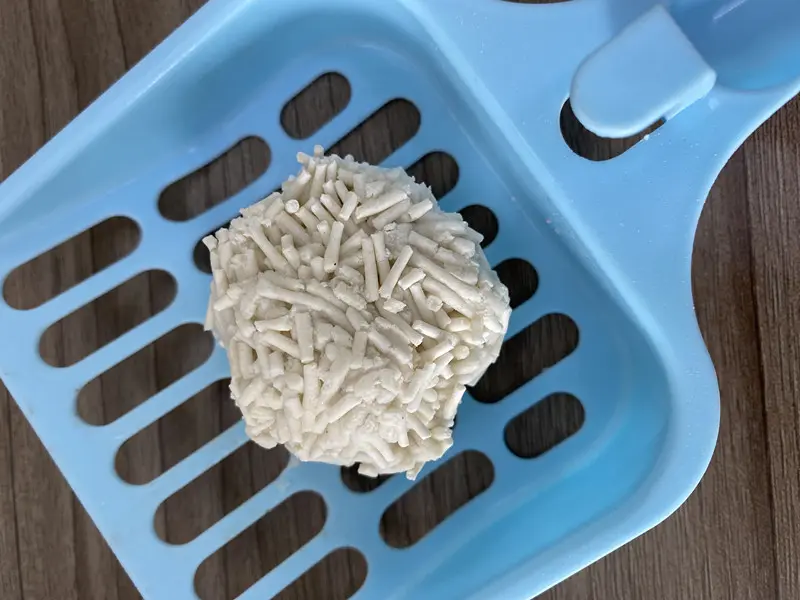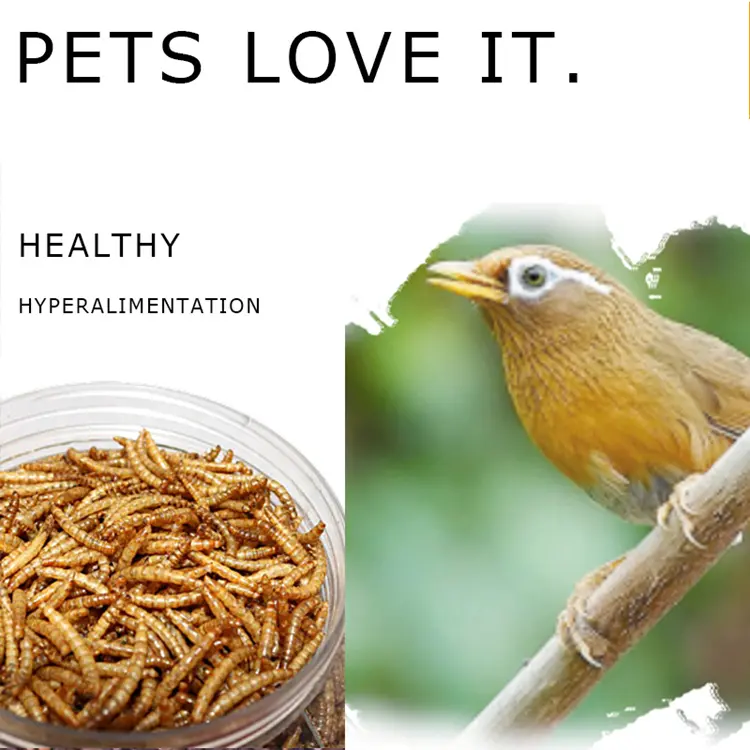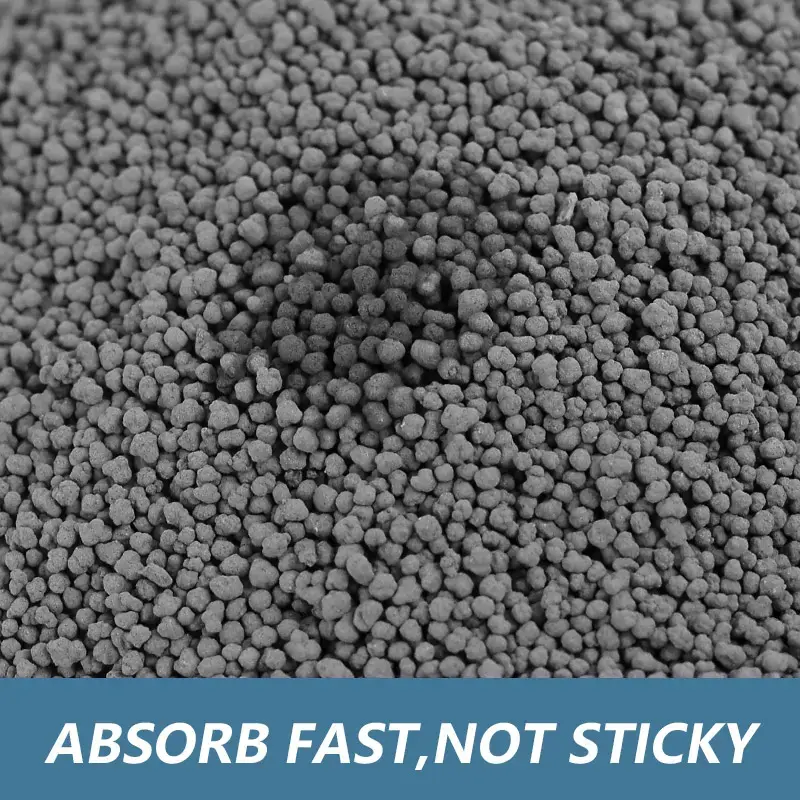Introduction
When it comes to cat care, choosing the right cat litter is one of the most important decisions for pet owners. Litter not only impacts a cat’s hygiene and health, but also affects odor control, home cleanliness, and environmental sustainability. Among the different types available—bentonite clay, tofu, corn, pine, and silica—crystal cat litter (made from silica gel) has gained popularity worldwide for its strong odor absorption and low-maintenance design.
However, like any pet product, it has both benefits and drawbacks. This article provides a detailed look at the pros and cons of crystal cat litter, supported by scientific research, market data, and real consumer experiences. We will also introduce insights from Green Pet Care Co., Ltd., a trusted global supplier of pet products, including various cat litters, with years of export experience to European, American, and Southeast Asian markets.
What is Crystal Cat Litter?
Crystal cat litter is made from silica gel beads (sodium silicate), a porous material with high absorbency. Unlike traditional clumping clay litter, crystal litter absorbs moisture and traps odor within its structure. It is dust-free, lightweight, and designed to last longer between replacements.
Table 1: Comparison of Cat Litter Types
| Feature | Crystal (Silica) Litter | Clumping Clay (Bentonite) | Natural Tofu/Corn Litter | Pine Litter |
|---|---|---|---|---|
| Absorbency | High (up to 40% of weight) | Medium | High | Medium |
| Odor Control | Strong (absorbs ammonia) | Medium-High | High | Medium |
| Dust Levels | Almost Dust-Free | Moderate-High | Low | Low |
| Environmental Impact | Not biodegradable | Not biodegradable | Biodegradable | Biodegradable |
| Average Monthly Cost | Higher | Lower | Medium-High | Medium |
| Replacement Frequency | 3–4 weeks per tray | 1–2 weeks | 1–2 weeks | 1 week |
Pros of Crystal Cat Litter
1. Excellent Odor Control
One of the strongest advantages of crystal cat litter is its ability to neutralize odors. Silica gel absorbs ammonia molecules from cat urine and locks them in. A study published in Veterinary Medicine International (2018) found that silica gel reduced ammonia odor levels by up to 80% compared to clay litters.
This makes crystal litter especially appealing to pet owners living in apartments or small spaces where odor control is a priority.
2. Low Maintenance and Longer Use
Unlike traditional clumping litters, crystal litter does not need to be scooped daily for urine. Solid waste still needs to be removed, but the crystals continue absorbing moisture for weeks.
On average, one bag of crystal litter can last 3–4 weeks for a single cat, compared to 7–10 days for bentonite litter.
Research from Pet Market Insights 2023 shows 35% of cat owners prefer crystal litter for its longer usability and convenience.
3. Dust-Free and Allergy-Friendly
Crystal cat litter produces almost no dust. This is crucial for cats with respiratory sensitivities and for households where humans suffer from dust allergies.
A study by Allergy & Asthma Proceedings (2019) highlighted that reducing dust in the home can lower asthma triggers by up to 40%. Since bentonite clay produces more dust, crystal litter provides a healthier alternative.
4. Lightweight and Easy to Handle
Compared to heavy bags of clay litter, crystal litter is lightweight and easier to pour and transport. This makes it convenient for elderly pet owners or those with multiple cats.
5. Visual Moisture Indicator
Some crystal litters change color when saturated with urine, helping owners know when it’s time for replacement. This feature adds practicality and reassurance.
Cons of Crystal Cat Litter
1. Higher Cost
Crystal litter tends to be more expensive than other options. According to US Pet Supplies Price Report 2023, the average monthly cost of crystal litter is $20–30 per cat, compared to $10–15 for bentonite clay.
This may be a concern for multi-cat households or budget-conscious owners.
2. Not Biodegradable
Silica gel is not biodegradable and contributes to landfill waste. Eco-conscious consumers may prefer natural litters like tofu or corn, which are renewable and compostable.
Environmental concerns are pushing many brands, including Green Pet Care Co., Ltd., to invest in eco-friendly alternatives such as tofu cat litter and corn cat litter, both of which have gained strong market acceptance.
3. Texture May Be Uncomfortable for Some Cats
Crystal litter beads can be sharp or uncomfortable on sensitive paws. Some cats refuse to use it, especially kittens or declawed cats. A survey by Cat Owner Lifestyle Study 2022 found that 17% of cats showed initial resistance to silica litter.
4. Limited Clumping Ability
Crystal litter absorbs urine but does not clump like bentonite. This makes it harder to scoop urine spots individually. While the overall odor control is strong, some owners prefer clumping options for daily cleanliness.
5. Potential Health Concerns if Ingested
Although generally considered safe, ingestion of silica beads can cause gastrointestinal irritation in cats. Most cases are rare, but kittens that chew or swallow litter particles are at higher risk.
Research Data on Crystal Cat Litter Usage
Table 2: Consumer Preferences in Cat Litter (Survey of 2,000 U.S. Cat Owners, 2023)
| Type of Litter Preferred | Percentage of Owners | Main Reason Chosen |
|---|---|---|
| Crystal (Silica) | 28% | Odor control & long use |
| Clumping Clay | 40% | Lower cost & easy scooping |
| Natural (Tofu/Corn/Pine) | 25% | Eco-friendly |
| Other Types | 7% | Specialized needs |
Table 3: Monthly Cost Analysis (Single Cat Household)
| Litter Type | Average Bag Price | Duration per Bag | Monthly Cost |
|---|---|---|---|
| Crystal (Silica) | $20–25 | 3–4 weeks | $20–30 |
| Clumping Clay | $7–12 | 7–10 days | $10–15 |
| Tofu/Corn | $15–20 | 2–3 weeks | $20–25 |
| Pine | $10–15 | 1–2 weeks | $15–20 |
Balancing Pros and Cons
The pros of crystal cat litter—odor control, convenience, low dust, and long usage—make it attractive to many pet owners. However, the cons—higher cost, lack of biodegradability, and potential discomfort for cats—mean it may not be suitable for everyone.
Choosing the right litter depends on your priorities:
If odor control and convenience are top concerns, crystal litter is an excellent choice.
If eco-friendliness and cost-effectiveness matter more, natural alternatives like tofu or corn litter may be better.
Green Pet Care Co., Ltd.: Providing Diverse Cat Litter Solutions
As cat litter needs vary across households, a trusted supplier must offer multiple solutions. Green Pet Care Co., Ltd., founded in 2014, has become a leading name in the global pet market. With multiple factories and a strong export presence in Europe, America, and Southeast Asia, the company produces and supplies:
Traditional Litters: Bentonite sand, silica sand (crystal litter), pine sand.
Eco-Friendly Litters: Tofu cat litter, corn cat litter—developed to meet environmental and humane cleaning demands.
High Market Reach: 2,000 tons of traditional cat litter and 500 tons of tofu/corn cat litter sold monthly.
Beyond litter, Green Pet Care also supplies pet food, puppy pads, feeders, and toys, ensuring pets live healthier and happier lives.
By offering both crystal cat litter and sustainable alternatives, Green Pet Care ensures that pet owners worldwide can choose a product that balances odor control, cost, and environmental responsibility.
Conclusion
Crystal cat litter offers many benefits such as superior odor control, long-lasting performance, low dust, and convenience. Yet, it also has limitations, including higher cost and lack of biodegradability. Research data and consumer surveys confirm that while crystal litter remains popular, many owners are shifting towards eco-friendly options.
Brands like Green Pet Care Co., Ltd. play a vital role by providing a wide range of litter products, from traditional silica sand to innovative tofu and corn cat litter. This ensures pet owners can select the best option for their cats while also considering cost, environmental impact, and health.
In the end, the best cat litter is the one that meets both your cat’s comfort and your household’s needs. Crystal cat litter is a strong contender—but thanks to innovation and market diversity, cat owners have more choices than ever. Contact Green Pet Care today!
